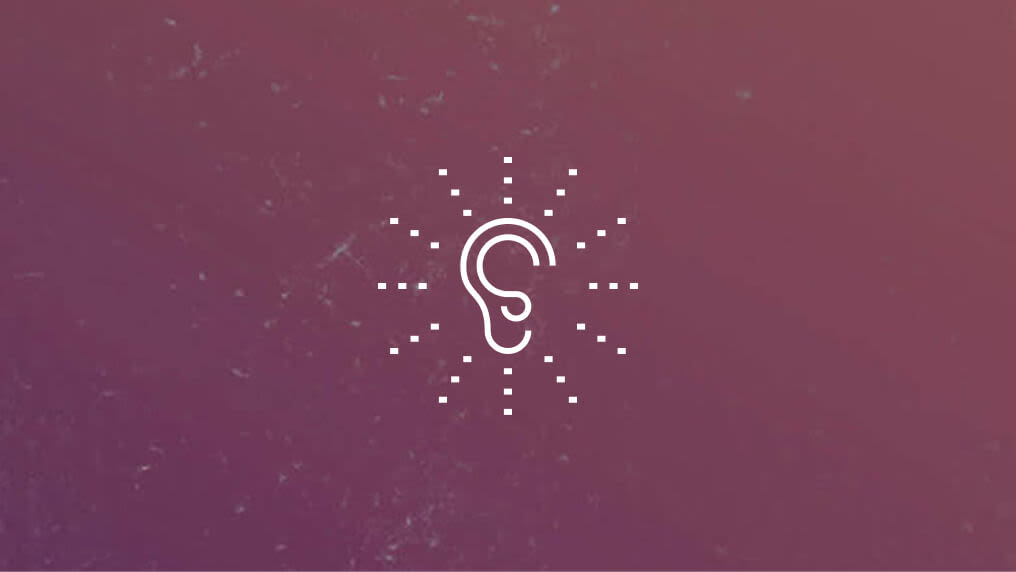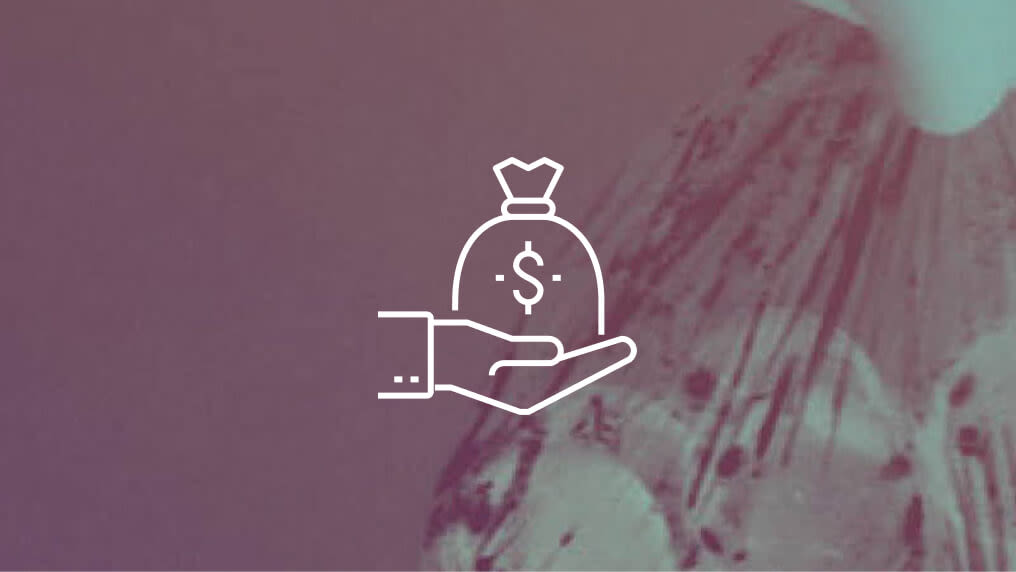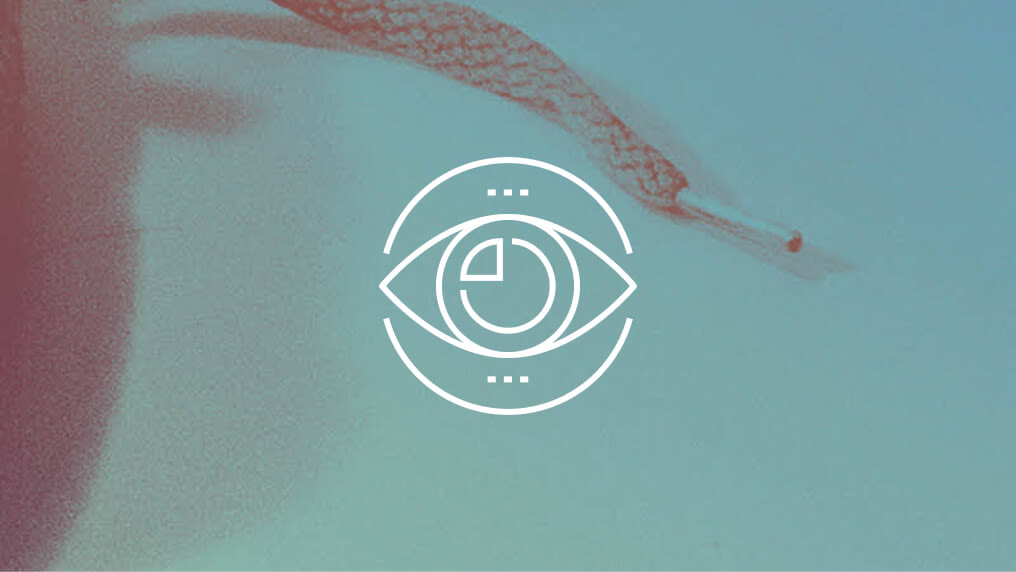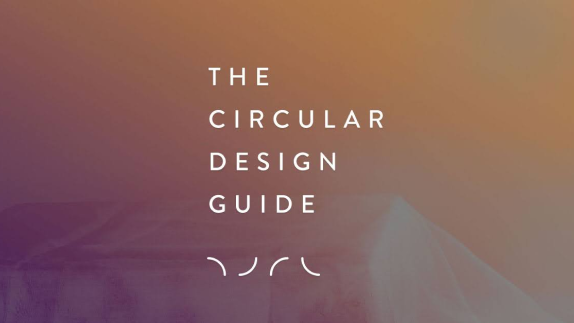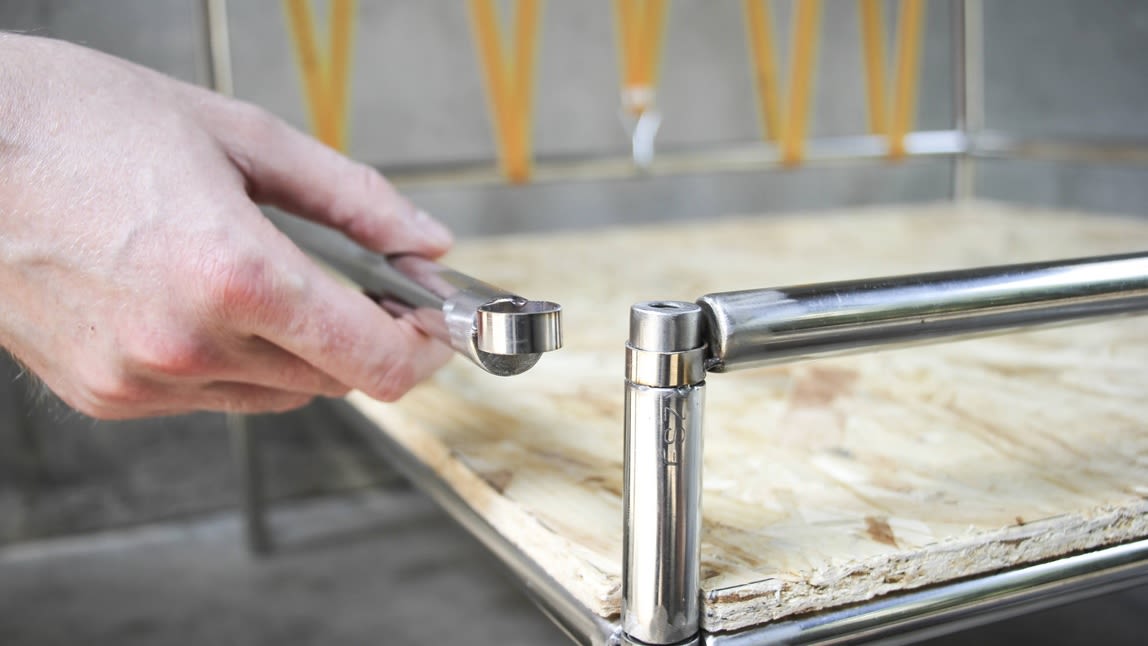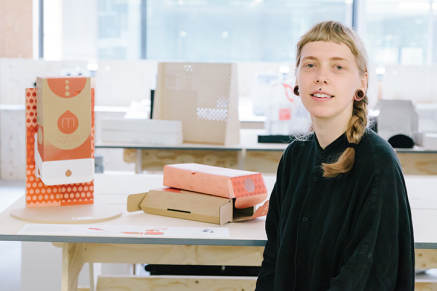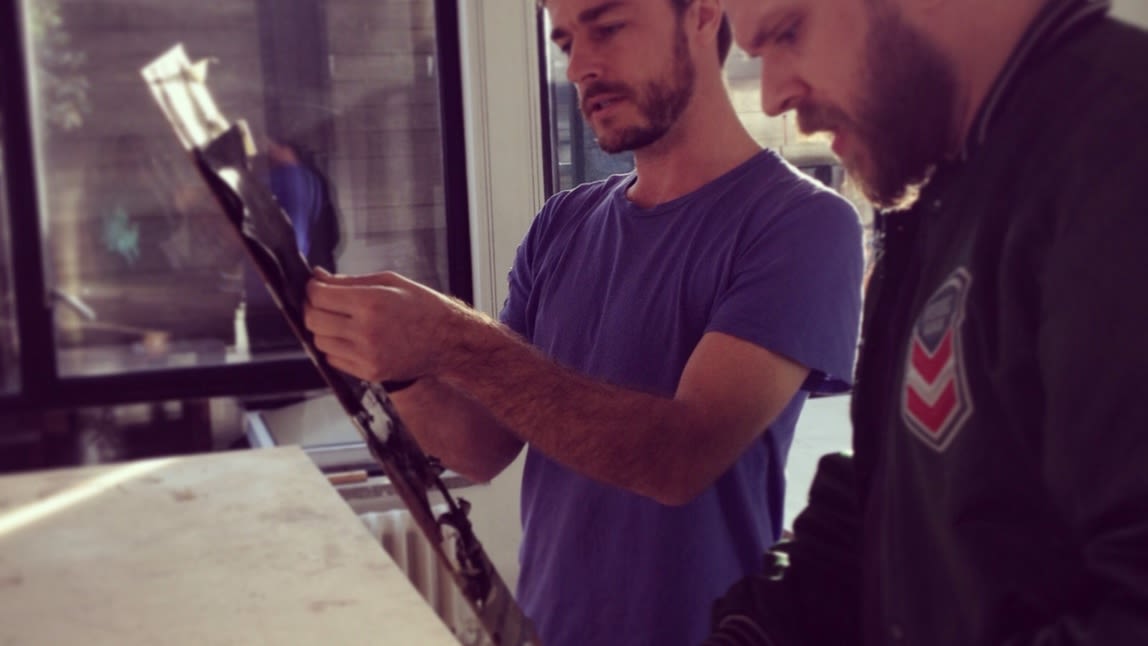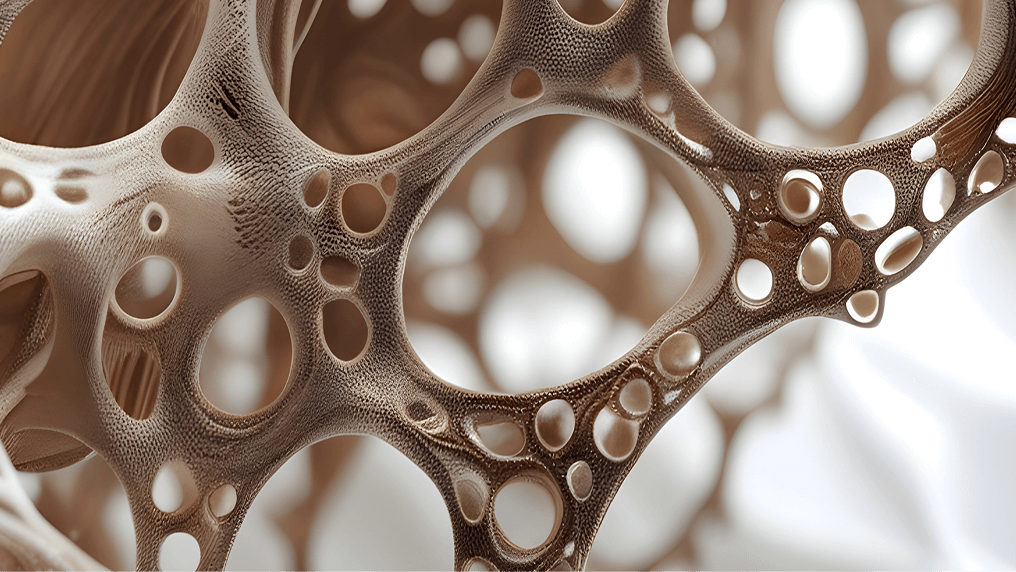Author: Chris Grantham, IDEO
Chris is circular economycircular economyA systems solution framework that tackles global challenges like climate change, biodiversity loss, waste, and pollution. It is based on three principles, driven by design: eliminate waste and pollution, circulate products and materials (at their highest value), and regenerate nature. portfolio director at IDEO, where he leads IDEO's consultancy business in the circular economy and works with organisations on systems change and breakthrough innovation.
Chris Grantham from IDEO explains the power of human-centred design and purpose-driven decisions when it comes to designing for the circular economy.
The calm of IDEO’s London office belies the bursting ingenuity of the minds inside. It is where we meet Chris Grantham, one of IDEO’s directors, to talk about a subject he is passionate about: his encounter with the circular economy. More than the discovery of a new concept or business model, this has been a revelation that has led him on a new professional mission.
Sometimes it only takes a chance encounter, a conversation in passing, for the course of a life and career to be disrupted. You can be chosen, explains Chris, or it can fall on you accidentally, and it does not happen very often. But suddenly when you understand what is at stake you feel a sense of responsibility “to make a difference in the world”, he says, and you’re only hoping you can live up to it.

From advertising to brand-experience design projects, Chris has always been fascinated by complex projects and organisational or business models: in short, anything that requires strategy and innovation. Based on his experience in marketing and brand strategy, Chris joined IDEO as a freelancer and subsequently became a director. It’s where he first came across the concept of circular economy – a fortuitous encounter, as Chris recalls that he has always been neutral towards environmental issues.
“It was a passing conversation with [IDEO CEO] Tim Brown. We were talking about what we saw as big disruptions coming around the corner. He had met Ellen MacArthur at Davos that year and thought the circular economy was going to have a really big impact on design.”
Chris had never heard of the concept before, but that’s how it started, “with randomness.”
Soon after, a partnership was signed between IDEO and the Ellen MacArthur Foundation around the mutual belief that design is vital in the shift to a circular economy and that a circular economy would in turn be disruptive to design. A common vision and objective had been outlined quickly, and the concrete first steps needed to be agreed. For this final phase, Chris had been invited to the Foundation’s offices on the Isle of Wight. During his visit he attended by chance a talk by Ken Webster, Head of Innovation.
“I’m pretty confident to say that this talk, when I look back, has changed my life.”
It’s a bold statement, but the opportunity “sort of found me” he remembers. While he had come with no other ambition than to sign a partnership contract, the experience transformed him. It was a “revelation” that quickly became a mission. “Now I feel like I have got this great responsibility to live up to that opportunity.” The content of that talk made him rethink what design can do.
“Ken talked about how the economy is designed, about the education system and how we design cities, about the language and the mindset of business today that is coming from the linear economylinear economyAn economy in which finite resources are extracted to make products that are used - generally not to their full potential - and then thrown away ('take-make-waste'). – very mechanistic and exploitative. This awareness of the linear economy as a set of values and design principles, and what the circular economy is in contrast, was really, really powerful. It was a Matrix-like moment where I became conscious in a new way.” With this new mindset and ability to see connections and think in systems, Chris went on a journey.
“It’s been like a virus, and the more time I spent in the space of circular economy, the more I got better at thinking in systems. And I was lucky enough to be around people who were going through a similar process.”
Back in London Chris took on a new mission, but as he admits himself it has been a rather slow process as old consulting habits die hard. “We’ve learned it the hard way” he reveals, recognising that even within an innovative organisation it can be hard to change the approach. However taxing the challenges may have been, Chris never lost sight of his ambition to align the circular economy with IDEO’s purpose. Compared with previous attempts at delivering innovation consultancy for positive impact, or what IDEO tried in the field of sustainability design, “this new model offered a tight concept in terms of what needed to be achieved, when it comes to business models, design strategies, and research.” This positive framework has had more traction within the firm, says Chris.
From then on, a large part of Chris’s job was dedicated to building IDEO’s circular economy business and after an early phase of reconnaissance, he quickly acknowledged that he had to adopt a much more entrepreneurial approach. A year and half later, IDEO’s work now focuses on two major areas. The first is built around the idea of circular beacon projects: the notion of circular economy innovation as an exemplar for an organisation, a new framework and capability for solving a business issue. An IDEO project in this context becomes a way to practice a new capability and address the core innovation need. This might include, for example, supporting an organisation through its journey from selling a product to offering a service. The second strand is called Co.Labs, which aims at pushing innovation in the marketplace while fostering interactions between different organisations, technologies and design disciplines. The goal is to gain a general consensus on positioning circular economy as the new norm, or as Chris puts it, “design not just new systems, but actually the system of change itself.”

Does he see this shift fast approaching? “There is certainly more awareness of circular economy and that’s what is also happening in IDEO. Only the other day we got a brief in from a mattress company, and somebody I didn't know was into the circular economy said: ‘Oh we should really think about designing for the after use of the mattress, it needs to be designed to be disassembled.’ It starts to happen, and there are a lot of people who have the right interest but haven’t ever had the tools or framework to make a difference in their design work in a commercial setting. I think that the circular economy has changed the game on that.” As to whether we are close to transitioning to a circular economy, Chris gives a mixed answer: “When you hear that a company like Philips has got a 20% revenue target against circular business models next year, that is enormous and makes everyone feel good. The tipping point might be close. Then you hear about some massive company that doesn’t have a circular strategy at all, then you think ‘Oh, God’. There are pockets of deep awareness and you’re surprised at the progress, but other times you can get disappointed.” To finish on a more positive note, Chris concludes: “There is a latent interest in positive impact, and countries are looking for new ways to galvanise the younger generation, give them a sense of purpose. Therefore, education will play a crucial role and I think that people will be brought up with the idea of the circular economy and it will gradually become a very natural mental model.”
Try it out yourself
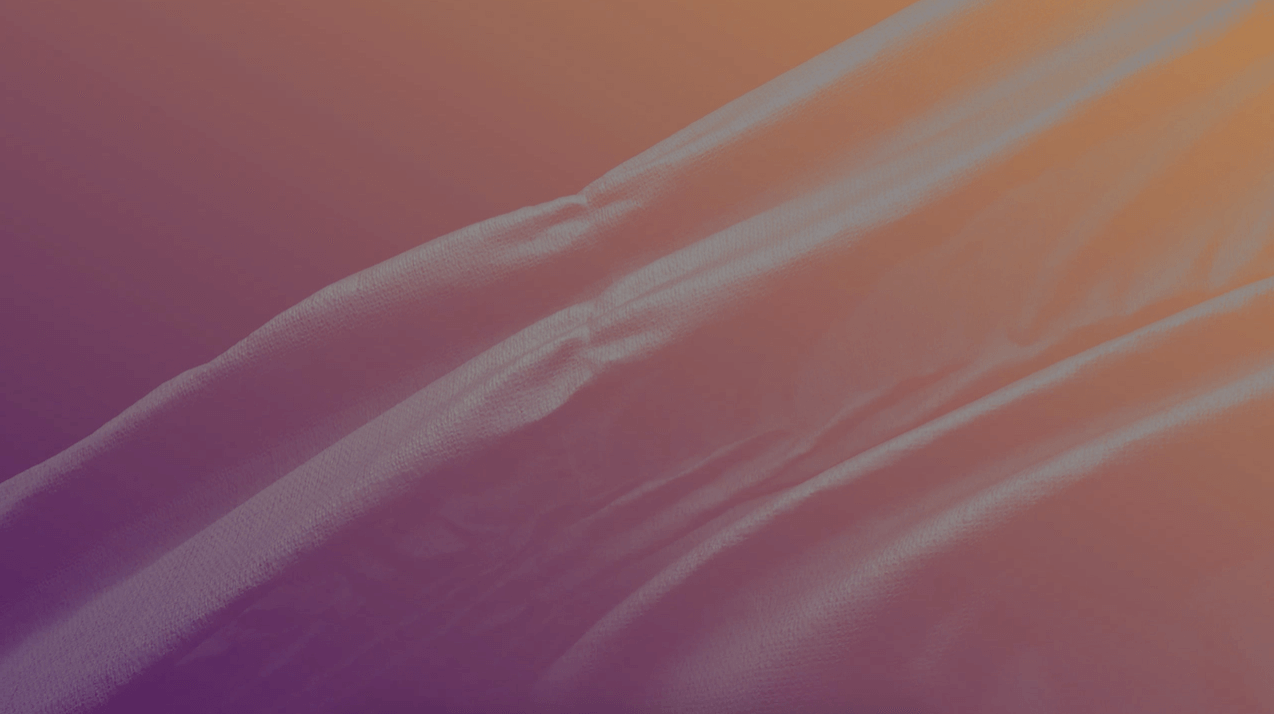
Circular Design Guide
This page is part of the Circular Design Guide. Get an overview of the project, or dive straight into our activities to help you understand, define, make, and release circular innovations.

